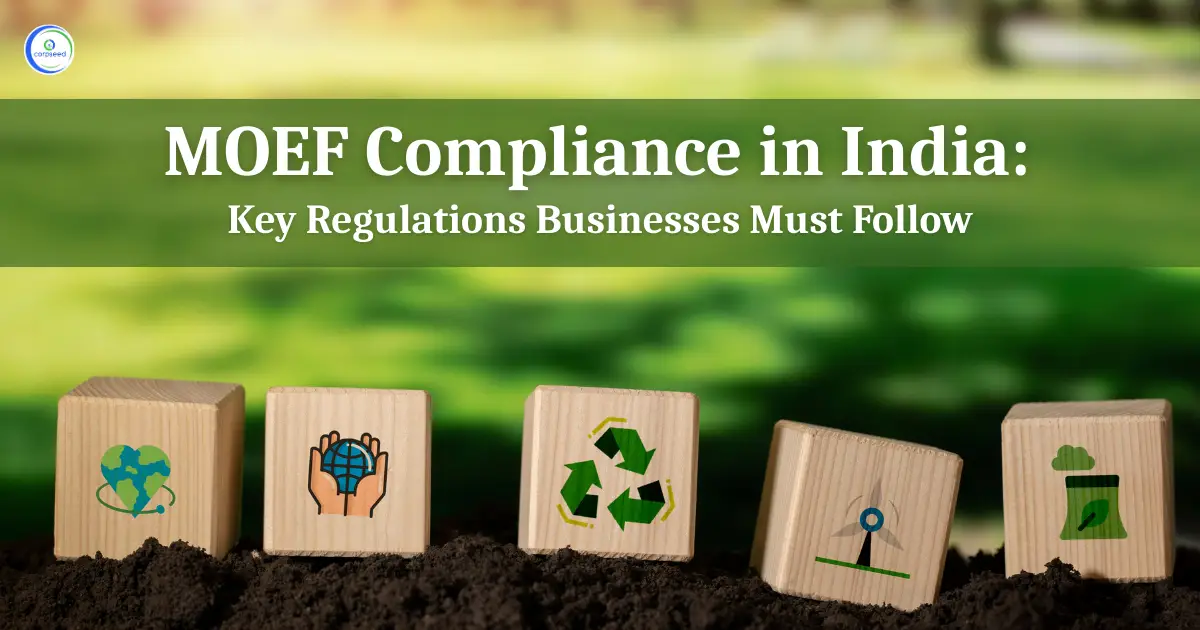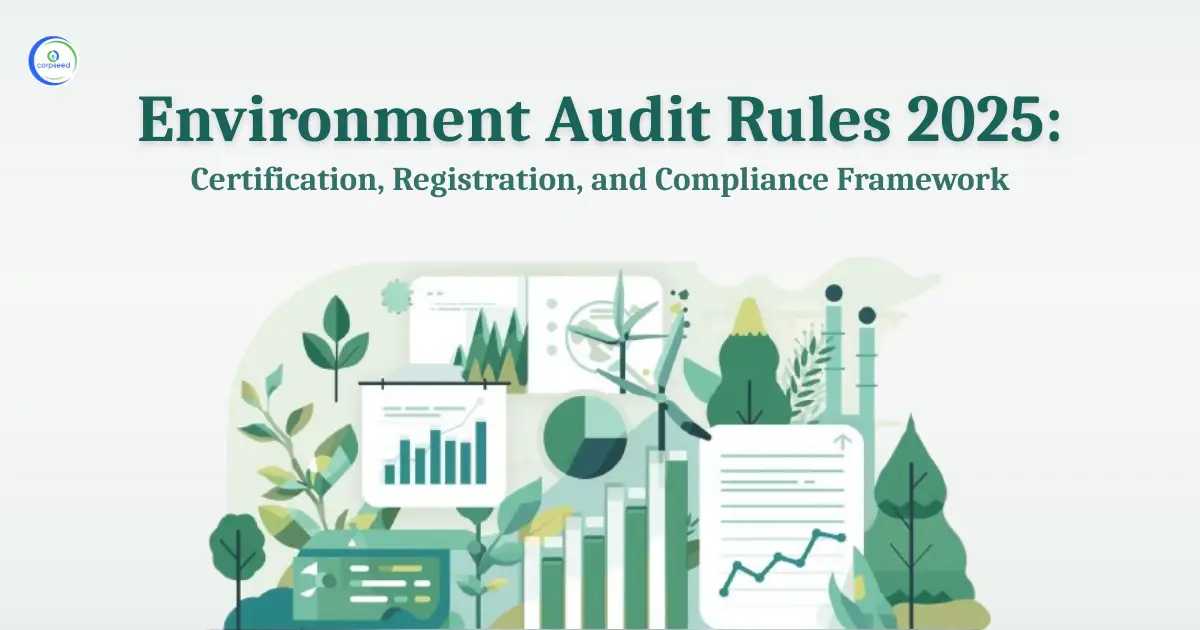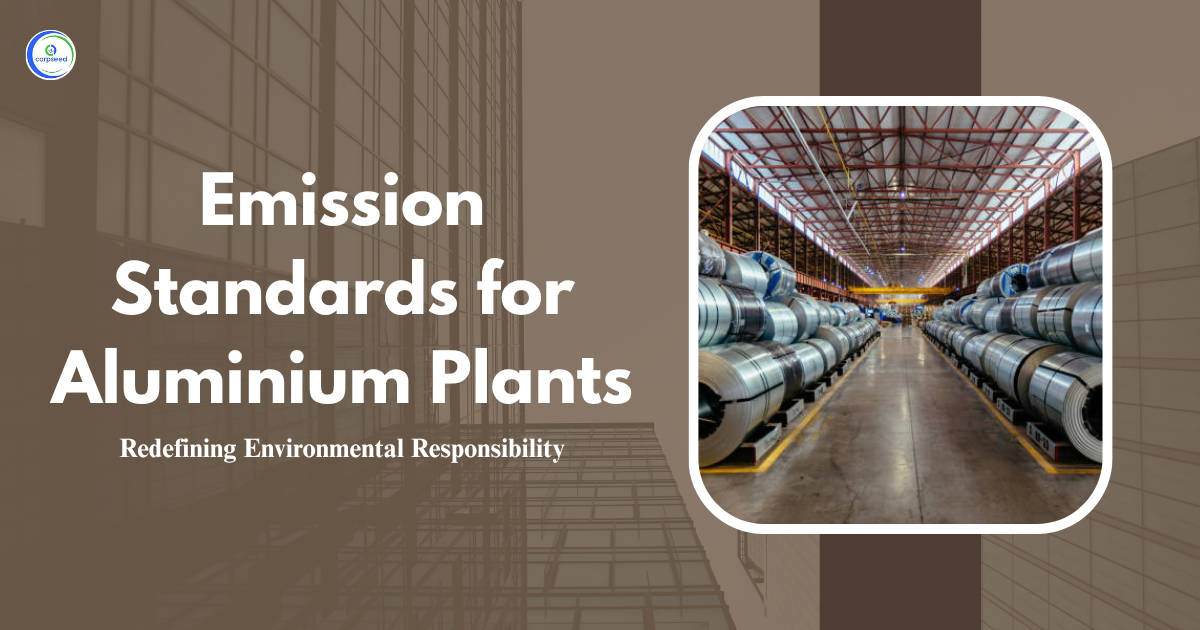We often see ongoing construction work here and there but do you know the paperwork behind these constructions and the approvals of various regulating authorities? These compliances are necessary for one to undertake any such project. Out of many compliances, we will discuss Environment Impact Assessment in this blog. It is for imposing certain restrictions and prohibitions on starting new projects along with the expansion of existing projects or modernization of old projects. EIA guidelines assess the impact of the project on the environment and provide clearance only if it follows the precautions prescribed to minimize the environmental impact and safeguard the environment. Through EIA 2020, the central government seeks to rationalize, standardize and make the process more transparent and expedient.
Table of Contents
- What is Environment Impact Assessment?
- Prior Environment Clearance and Prior Environment Permission
- What is Project A, B1, and B2?
- Authorities for the Environmental Impact Assessment
- Environmental Impact Assessment Process
- Report Preparation Guidelines
- Rights of Residents Residing Nearby the Project Site
- Grant and Rejection of the Prior Environment Clearance
- Conclusion
--------------Blog Contact Form-------------
What is Environment Impact Assessment?
Environment Impact Assessment (EIA 2020) fined its roots in the Environment Protection Act which prescribes the government to make rules and regulations to safeguard the environment and restrict the activities that harm the environment. Environment Impact Assessment is a process that analyses the project and prepares a report to examine the project’s impact on the environment. This report assists the government or the regulatory authority in making decisions on the approval of these projects. Then the approval is given in the form of Prior Environment Clearance or Prior Environment Permission based on the project’s EIA report.
Prior Environment Clearance and Prior Environment Permission
The EIA 2020 has categorized the projects into various categories with the name - A, B1 and B2. These categories are listed in the schedule along with their requirement to be presented before the appraisal committee. EIA 2020 says that if the project has to be presented before an appraisal committee then it has to obtain a prior environment clearance and if there is no condition to be presented before the appraisal committee then the project proponent applies to the prior environment permission instead.
What is Project A, B1, and B2?
The Environment Impact Assessment Notification (EIA 2020) categorizes many different projects and activities into Category A, Category B1 and Category B2. The division is made based on their potential social and environmental impact as well as their further extent and scale to cause harm to the environment. A category project needs to get prior EC from the Ministry before starting any new project, modernization or expansion of the existing project.
Projects under the B1 categorization need to get prior environmental clearance from the applicable authority such as the Ministry, SEIAA, or UTEIAA based on whether they are fulfilling the conditions specified in clause 3(30) or not. After the category A and B1, there is another category B2. In this category, two types of projects are mentioned and their respective conditions prescribe the compulsion of presentation before the Appraisal Committee. If the projects are placed before the appraisal committee then they need to obtain prior environment clearance and if not then they only need to get the prior environment permission.
Authorities for the Environmental Impact Assessment
The EIA 2020 notification prescribes the establishment of an Expert Appraisal Committee and State Level Environment Impact Assessment Authority (SEIAA). In Union Territories, there will be the Union Territory Environment Impact Assessment Authority (UTEIAA). The SEIAA and UTEIAA perform the task of issuing prior environmental clearance and prior environmental permission based on the project and activities while the appraisal committee assesses the viability of the project. The Expert appraisal committee are formed to perform due diligence and assert whether a project, expansion or modernization will be viable for the environment or not. And if a project is not suitable for the environment then determine measures to be taken to make it environmentally friendly so that the approval can be given. Apart from these authorities, the technical expert committee goes to the site for the inspection of the project and to assess its environmental viability.
Read Our Blog: Importance of Environmental Impact Assessment in India
Environmental Impact Assessment Process
The Environmental Impact Assessment Notification of 2020 prescribes various stages to get the environmental impact assessment process done. This process involves stages like scoping, preparing to draft an environmental impact assessment report, public consultation, preparation of the final EIA report, preparation of EMP report, approval of the appraisal committee and finally either the grant or rejection of prior environmental clearance. Not only the stages are explained but also detailed guidelines are prescribed in EIA 2020 like the public consultation process is explained to assist the stakeholders regarding the procedure involved in the preparation of the EIA report.
Report Preparation Guidelines
To prepare the environmental impact assessment report according to the guidelines mentioned in the EIA 2020 notification you need to take notice of the following rules-
- You need to gather basic information about the environment according to rules set by the government.
- For most projects, data collection is required for one season, except for big dam projects, where the data collection is needed for a whole year.
- This data must be collected by a certified environmental lab.
- Sometimes, existing data can be utilized for projects far from the shore.
- You can collect this data at any time but it can't be more than three years old from when you submit your project report.
- The project report must be made by experts approved by the government.
- The preliminary report is prepared for public feedback and a final one is for approval.
- Some projects may need just a simpler version of the report instead of the full report.
Read Our Blog: Environmental Impact Assessment in India
Rights of Residents Residing Nearby the Project Site
The EIA 2020 notification has the provision of consulting with the public before the approval of the project. The rights of the affected residents must be kept in mind when approving any such project. The inconvenience can have any face for example the project may directly or indirectly affect the lives of many people residing in the vicinity of the project location. The EIA 2020 has the provision of conducting the Public Hearing and then inviting responses from the public in the manner prescribed in the notification of any other means being convenient for the public and approved by the appraisal committee or the regulating authority.
Grant and Rejection of the Prior Environment Clearance
They usually follow the Appraisal Committee's recommendations and tell the project proponent their decision within thirty working days after the Appraisal Committee meeting or within ninety working days of receiving a complete application. If they don't agree with the Committee's recommendations, they can ask the Committee to think again within forty-five working days with proper explanation. The applicant is also informed of this decision through reasonable means. The Committee then has another forty-five working days to respond. The final decision by the Regulatory Authority, taking into account the Committee's views, will be conveyed to the project applicant within the next thirty working days.
Read Our Blog: How to Obtain Environmental Clearance in Maharashtra
Conclusion
To sum up, the Environmental Impact Assessment is an important process that evaluates the potential environmental impact of various construction and development projects. It aims to ensure that these projects follow necessary precautions to minimize harm to the environment and receive approval from regulatory authorities. EIA 2020 seeks to make this process more transparent and efficient by categorizing the projects into A, B1, or B2 categories based on their potential social and environmental impact. It makes the process easier for the project proponent. The EIA process involves stages like data collection, report preparation, public consultation, and approval. The reports must adhere to specific guidelines and be prepared by government-approved experts. The public can also provide its input during the decision-making process through participation in public hearings to voicing their concerns. Overall, the EIA process is crucial for balancing development with environmental protection and ensuring that projects are carried out responsibly.
Environment Impact Assessment
Environmental impact assessment is an instrument to evaluate the consequences of the establishment of a new project or expansion of projects related to industries, mining, pipelines, etc. Enjoy simple processing and no hidden fees.
Environmental Consulting
An environmental consultancy firm consists of a team of experts, who’re qualified in the studies of law, geology, environment, engineering, and have years of experience dealing with the aspects of regulations & norms associated with environmental laws.
Environment Clearance
Industries require an environmental clearance certificate to undertake some notified projects and activities. Corpseed can assist you to obtain Environmental Clearance for such activities.
This portion of the site is for informational purposes only. The content is not legal advice. The statements and opinions are the expression of author, not corpseed, and have not been evaluated by corpseed for accuracy, completeness, or changes in the law.
BOOK A FREE CONSULTATION
Get help from an experienced legal adviser. Schedule your consultation at a time that works for you and it's absolutely FREE.







_Corpseed.webp)
.webp)
